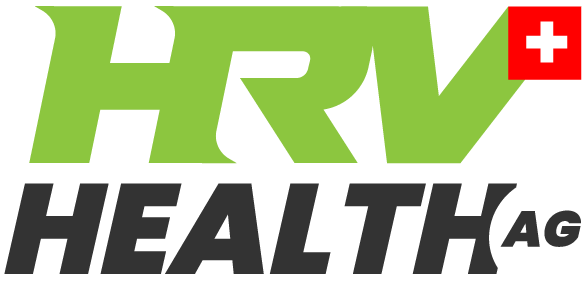For new HRV Health members the amount of material appears overwhelming. This guide will make it less daunting.
Heart Rate Variability (HRV) is a science. While it’s been around for decades it’s only recently become a topic which has touched the fringes of public consciousness. This article explains the amazing benefits of measuring HRV: The benefits of measuring Heart Rate Variability.
Good HRV metrics rely of measuring devices that provide reliable data. At this time, only the Polar H9 and H10 heart rate monitors provide data at a standard that can produce reliable HRV data. This is an independent article comparing the Polar H10 to medical grade equipment: Heart Rate Variability: From Standard ECG Monitors to Wearables.
Before you can use HRV Health you need to choose the right Polar heart rate monitor: the H9 or the H10. This is a simple guide setting out the differences between the two models: Which heart rate monitor should you get.
There are three versions of the HRV Health app: HRV Health Basic allows users to take HRV readings only. It became a favourite of our early users for its simplicity. The new HRV Health app allows users to take ECG readings. This is a guide explaining how to get started with the HRV Health app. Using HRV Health iOS app v2. The most recent introduction is the HRV Health Pro app. It allow you take both HRV and ECG reading and view the most recent results all from within the app. It also makes registration much easier: Using the HRV Health Pro app.
Once users have are up and running with the app, they want to know how to interpret the results. This is a quick guide to the metrics: Starting out with HRV Health.
Another article explaining the metrics is here: Understanding the numbers.
Under the recovery section on the Platform, you will see the reading graph, which is the same graph that appears on the app while you are taking the reading. This article explains what you are looking for in the graph: How to interpret the reading graph.
Taking good readings is crucial to ensuring that users obtain meaningful results. This is a simple guide on how to get valid readings: Measuring HRV.
Once users start understanding the metrics and see how lifestyle choices affect their health and that HRV reveals the impact of these choices, they want to know how to improve the numbers. This is that guide: Improving the numbers.
Then there are the athletes, who will already be following the basic guidelines for improving their HRV metrics. They will looking for the marginal gains that give them the competitive edge using HRV. They will find some helpful tips in Improving your numbers: the athlete’s guide.
Athletes have a different concern OTS, or overtraining syndrome which is an exercise induced ailment that can set their training back for months. We have a few guides on this topic:
The Poincaré plot is a very useful way of viewing the health of your immune system. It provides a visual interpretation of the reading and can provide warning when there are potential issues with your health. To get a better understanding of what to look for in the Poincaré plot, please look at our article: Understanding the Poincaré plot.
When your health suffers a setback, the HRV provide you with a measure of your progress. Read the article: Recovering from illness or injury using HRV.
For more mature users, HRV can provide a crucial tool in maintaining your health, and even reversing the ageing process. Read the articles:
If you are wanting to improve your health, the article you will want to read are:
- Stress and HRV
- Using HRV to reduce stress and improve training
- Resting Heart Rate and mortality
- Sleep, health and HRV
- Sleep tracking
- The science of breathing
- Breathing to improve your health
HRV Health is free. When users discover how great it is, they begin to wonder: what’s the catch. When will we send them that email telling them that the service is only available to subscribers. The answer is NEVER! Here’s why: Why HRV Health is free.
Many users believe that wearables are a more convenient way of measuring HRV. They are, but they do not provide accurate HRV results. There is an extensive body of research on the subject, much of it confirming that wearables do not produce reliable HRV data. Read more about why wearables don’t work for measuring HRV, and how inaccurate they are in our article: Using wearables to measure HRV.

